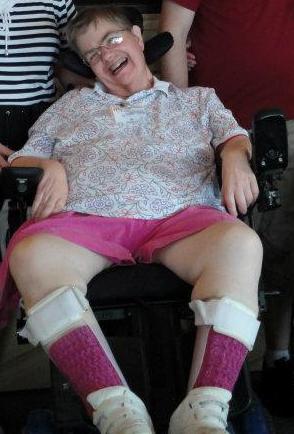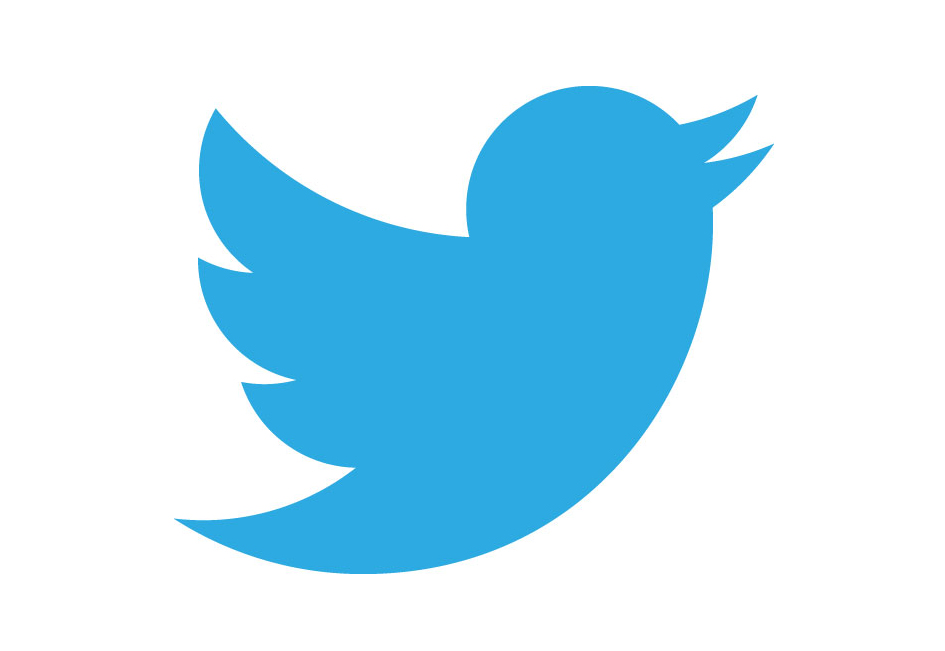 That’s what SuperScout likes to tell people when explaining her personal motto. She was diagnosed in 2009, and in a recent interview, she explained how she takes her life one day, and sometimes one hour, at a time. In her interview, she broke down what goes on during a typical visit to her ALS clinic, and shared how technology has been simultaneously frustrating and extremely helpful. Learn about her journey below.
That’s what SuperScout likes to tell people when explaining her personal motto. She was diagnosed in 2009, and in a recent interview, she explained how she takes her life one day, and sometimes one hour, at a time. In her interview, she broke down what goes on during a typical visit to her ALS clinic, and shared how technology has been simultaneously frustrating and extremely helpful. Learn about her journey below.
When did you first experience symptoms of ALS?
In August 2008, I was attending a Girl Scout event. As we recited the Promise, I noticed my fingers weren’t making the sign correctly. Over the next few months, I began to lose the fine motor skills in my right hand. Writing was hard, & I started using my left hand for most things. I thought I had some form of carpal tunnel. I had NO pain, so I wasn’t concerned. In December 2008, I went to my family doctor for my annual check-up. I told him my problems & he sent me for an electroencephalogram (EEG). That began the series of tests that eventually led to my diagnosis in April 2009.
How did you feel after being officially diagnosed? And what was the first thing that went through your mind?
I don’t think I will ever forget that day. I suspected something unusual was going to happen because the technician at my second EEG commented that the neurologist must find my case interesting because normally, it’s difficult to get an appointment with him. He entered the exam room, sat down, and said, “I have bad news for you. You have Lou Gehrig’s Disease.” I was stunned, and asked if it would affect my longevity. He said yes, but couldn’t tell me how much. He asked if I had any questions, but I didn’t because I didn’t know much about it. Sure, I had heard of it, but didn’t know what it would do to me. I went home, and looked on the Internet for information on ALS. It was scary. The first thing through my mind was how it would change my life and that of my family. I was used to doing for others, now they would need to do for me.
You tell people “ALS is not for sissies.” Can you elaborate on that?
A sissy is defined as someone who is timid or cowardly. No one who has ALS can fit that definition. We all know it will shorten our life, and rob us of many functions we once took for granted. I really like the PSA Angela Lansbury did for ALS in 2008. She’s sitting on a stool, and a gun is fired. As the bullet races toward her, she describes what ALS does to the body, and ends by saying “There’s nothing you can do to stop it.” She asks for donations for the ALS Association (ALSA) stating that with this help those with ALS can do this: She rises and avoids the oncoming bullet. We all see the bullet, yet can’t do anything to stop it. Unlike other serious diseases, there are NO options for a treatment that will cure this disease that’s been described as horrific. However, every day we People with ALS (PALS) are fighting the daily battle to stay positive. Sometimes, it’s easy, sometimes, it’s hard. You take it one day at a time, or even just one hour at a time. That makes us BRAVE, and not sissies.
Take us through a typical visit to your ALS clinic – what’s the experience like?
Every 3 months, I visit the ALS clinic at Penn State Hershey Medical Center. Once my weight is checked, I’m taken to an exam room, then the team of specialists each stop in to see me. In addition to the neurologist, I see a respiratory therapist, nurse, ALS representative, MDA representative, speech therapist, dietician, occupational therapist, physical therapist, social worker, & a pastoral care minister. They each make recommendations to help me have the best quality of life with ALS as possible. My family members are asked if they have any needs. Each room has a sign – “Have we answered all your questions?” About 1 week after my visit, I receive in the mail a summary of my visit with their recommendations. Prior to the visit, I also complete a Quality of Life survey, similar to the one on this website. Although lengthy (around 3 1/2 hours), I enjoy my visits because each person makes me feel important and they truly care about me.
How has technology helped you with your communication?
When I began using my Eyegaze Edge, I found it frustrating, but gradually got better at not moving my head and was able to be successful. Now, it is my sole means of communication. Before my caregiver arrives in the morning, I type out for her what I want for my meals, what channels I want to watch on TV, and any special information. My son says I sound like Charlie Brown’s teacher when I talk, so using my device is a necessity if I want to communicate. We even take it to Sunday School, so I can participate in our class discussions. My most favorite thing to do is connect to the internet. Sending emails is easy, and I go on Facebook, play games, read, Skype, shop, and do whatever I’m in the mood for. Once, when the camera broke, I was without it for a few days and I really missed it. I wound up grunting “Yes” or “No” to questions which was frustrating. Using technology to connect to others makes me feel I still have a purpose in life, and I have something worthwhile to contribute.
Finally, what’s the most positive surprise you’ve learned while living with ALS?
The most positive surprise I’ve learned while living with ALS is that I have more people thinking about me, and supporting me with their prayers, than I expected. I learned this during the ALS Ice Bucket Challenge. I began to see videos posted on my Facebook timeline of people participating in the Challenge in my honor. It warmed my heart to see them. They featured friends, former work colleagues, and some fellow Girl Scout volunteers. Many said how I’ve inspired them with my smile. It was never my intention to be an inspiration, but just to cope with ALS the best way I knew, with my faith in God and a sense of humor. Due to the Ice Bucket Challenge, the world now knew more about ALS, and money will be used to find a treatment and cure for ALS. I feel hopeful for the first time since my diagnosis.
 Share this post on Twitter and help spread the word for ALS.
Share this post on Twitter and help spread the word for ALS.
